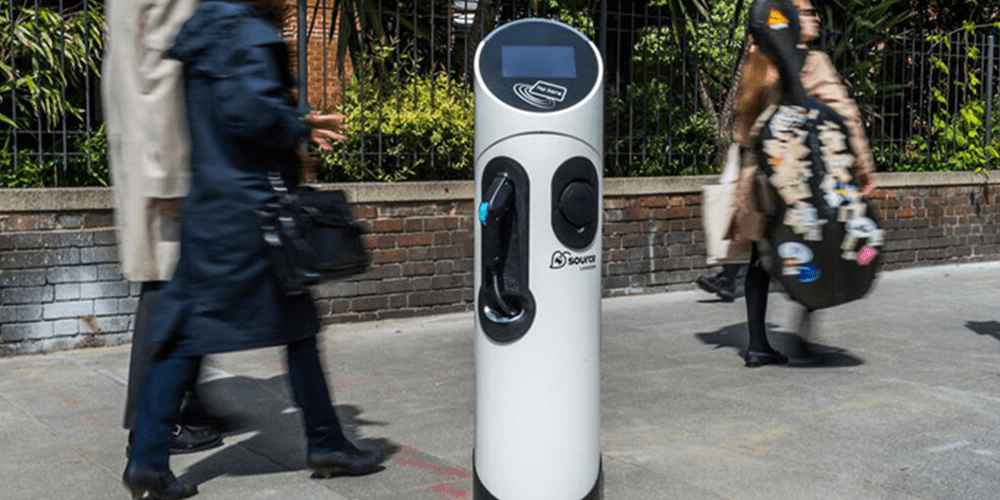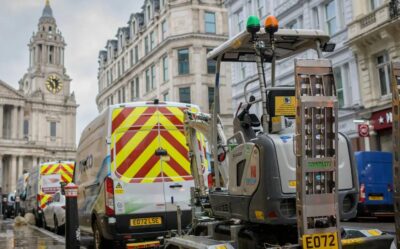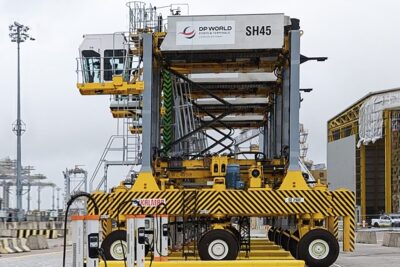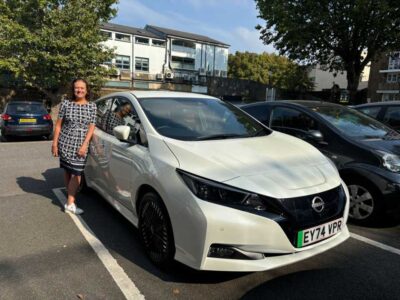London charging networks financed for expansion
The UK government’s Local Electric Vehicle Infrastructure (LEVI) fund has invested £35.7 million in London’s electric vehicle charging infrastructure across all 32 boroughs and the City of London.
The public charge points will be delivered with the collaboration of the London Mayor, London Councils and Transport for London (TfL), focusing on areas without access to off-street parking. The LEVI grants include a further £3 million to help councils deliver the charging projects.
Sales of new fossil-fuelled cars and vans will be banned in the UK from 2030. London Mayor Sadiq Khan predicted some time ago that 40,000 – 60,000 chargers would be required by 2030 to meet demand.
“We know that with the explosion in electric vehicles many more charging sites will be needed, particularly for those without on-street parking,” says Alex Williams, TfL’s chief customer and strategy officer. “London is keeping up with demand by making public land available for infrastructure, and ensuring the charging points a world city needs are being built at pace and in significant numbers,” he explained.
In November last year, London City Hall and TfL announced the release of land for 100 new ultra-rapid public charging points on London roads. All 100 are to be operational by the end of 2023.
According to the BBC, London currently has 13,000 charge points. At the moment, most of the city’s charge points are concentrated in its ULEZ area, which restricts access to polluting vehicles. Towards the end of last year, Sadiq Khan confirmed that he would expand the Ultra Low Emission Zone (ULEZ) London-wide. The expansion will come into effect on Tuesday, 29 August 2023 and will operate across all of London up to the existing Low Emission Zone boundary.
Sadiq Khan said of the most recent government investments: “This funding will help reach our ambition to have at the very least one electric vehicle charge point on every street where needed.”





0 Comments